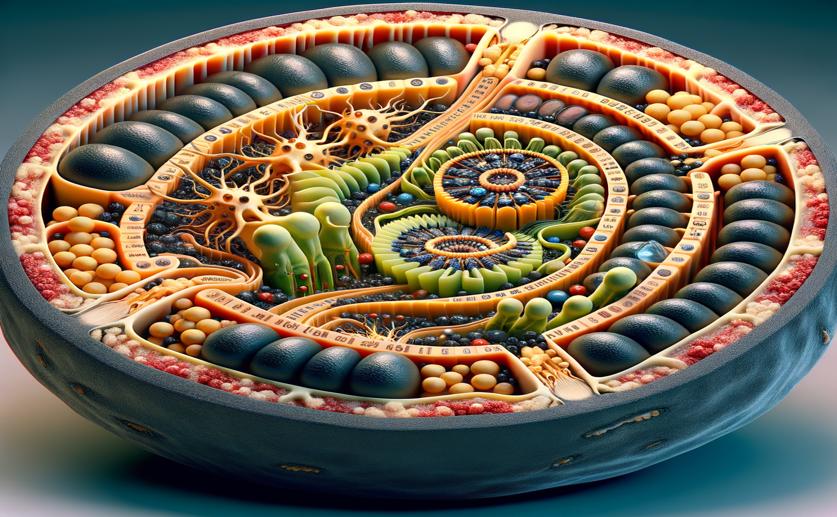
How Genes and Enzymes Control Melanin Production in Black Radish
Jim Crocker
27th May, 2024

Image Source: Natural Science News, 2024
Key Findings
- The study by the Hubei Academy of Agricultural Sciences focused on melanin formation in black radish
- Researchers identified p-coumaric acid as the main precursor of melanin in black radish
- The study linked specific RsMYB transcription factors and enzyme-coding genes to melanin production
- Overexpression of certain enzymes and transcription factors increased melanin production and darkened radish color
References
Main Study
1) Chemical composition analysis and transcriptomics reveal the R2R3-MYB genes and phenol oxidases regulating the melanin formation in black radish.
Published 24th May, 2024
https://doi.org/10.1016/j.ijbiomac.2024.132627
Related Studies
2) Structural characterization of allomelanin from black oat.
3) Unraveling the Structure and Function of Melanin through Synthesis.
4) Melanosomes: Biogenesis, Properties, and Evolution of an Ancient Organelle.



 25th May, 2024 | Jenn Hoskins
25th May, 2024 | Jenn Hoskins